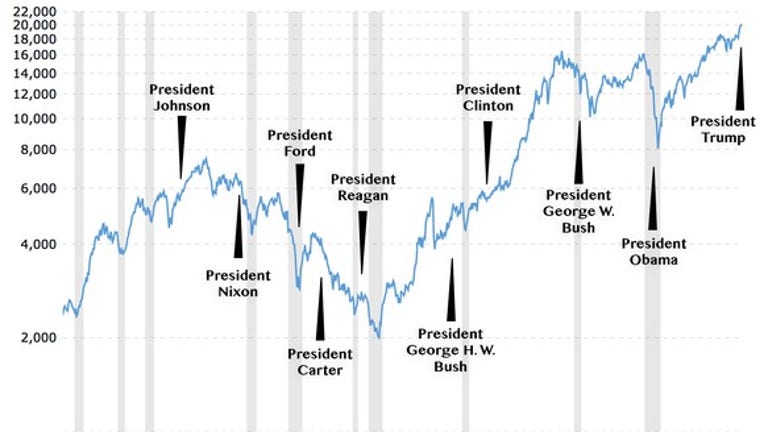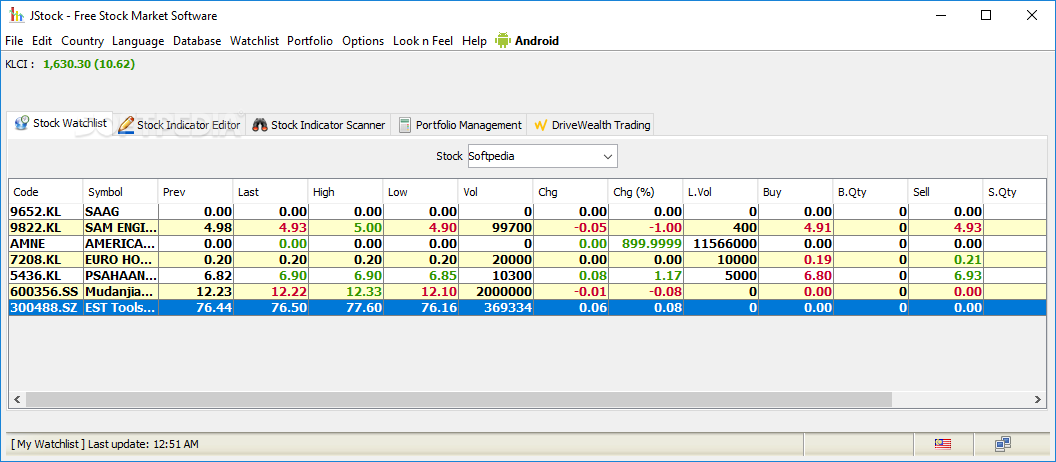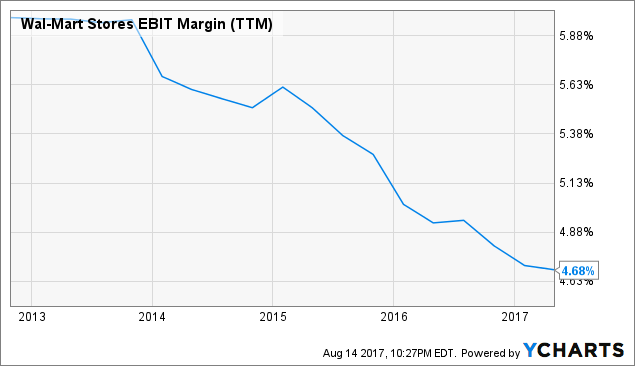
Household debt fell relative to after-tax income during both of President Obama’s terms. Household debt levels have been falling as employment opportunities and wages have gone up.6 Household incomes, while still relatively low, have also experienced an upward trend since 2014. workers has been increasing since early 2013 and reached its highest level on record, dating back to 1979, at the end of 2016. Wages and incomes have been on the upswing.This share dropped to 74.8 percent in the aftermath of the Great Recession by December 2009, before climbing to 78.2 percent in January 2017, when President Obama left office. When President Obama took office in January 2009, 77 percent of people between ages 25 and 54 had a job. That is, job growth was faster than population growth-a key measure of a healthy job market expansion. The share of people working expanded as the economy added new jobs. There has not been a consistent job market expansion on record, dating back to 1939, that lasted longer than the current expansion of 79 months. And it consistently added jobs from October 2010 to January 2017, when President Obama left office it continued to do so during the first months of President Trump’s term. The job market started to expand by early 2010. The economy lost close to 800,000 jobs in January 2009, when President Obama took office. Job growth logged its longest winning streak.Bush in his term, Presidents Richard Nixon and Gerald Ford in their combined term, President Nixon in his first term, and President Dwight D. Bush in both his terms, President George H.W. In fact, President Obama’s second-term economic growth per person was higher than the growth of several previous presidents, specifically President George W. 3 By the end of his presidency, the economy was growing at about 2 percent in inflation-adjusted terms. economy was shrinking when President Obama took office in the first quarter of 2009. Economic growth accelerated over time.

The data for President Obama’s two terms show unambiguously good trends on all key economic indicators: Trump’s policies are likely to worsen inequality by weakening wage and benefit growth for middle-class Americans and possibly undoing the progress of the past few years. The policies that President Trump and his administration have advanced so far endanger economic and job growth by creating massive uncertainty for businesses. The real danger at this point comes from the policy directions sketched out by the Trump administration.

Instead, President Donald Trump inherited a solid economy after years of improvements, with the economy and the labor market headed in the right direction on all key economic indicators. While things could have been better-faster growth, more jobs, and less inequality, for instance-the economic situation at the end of President Obama’s second term does not resemble “a mess” or a uniquely poor performance, as the Trump administration likes to portray it. 1 Employment opportunities improved, the unemployment rate fell, wages eventually increased, and household debt dropped sharply.

Economic growth continued apace for the rest of President Obama’s time in office, and job growth logged its longest expansion on record by early 2017, dating back to 1939.

The economy was growing again by the second half of 2009, and jobs followed suit by early 2010.
Jstock market under obama series#
Faced with the specter of another Great Depression in winter 2009, President Obama enacted a series of policies that helped the economy avoid that fate. The economy improved markedly under former President Barack Obama, from the start of 2009 through the end of 2016.


 0 kommentar(er)
0 kommentar(er)
